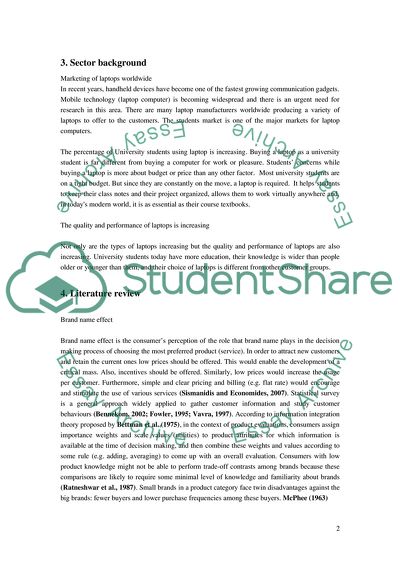Cite this document
(The Buying Behavior of University Students Research Paper, n.d.)
The Buying Behavior of University Students Research Paper. https://studentshare.org/marketing/1732323-markerting
The Buying Behavior of University Students Research Paper. https://studentshare.org/marketing/1732323-markerting
(The Buying Behavior of University Students Research Paper)
The Buying Behavior of University Students Research Paper. https://studentshare.org/marketing/1732323-markerting.
The Buying Behavior of University Students Research Paper. https://studentshare.org/marketing/1732323-markerting.
“The Buying Behavior of University Students Research Paper”. https://studentshare.org/marketing/1732323-markerting.


